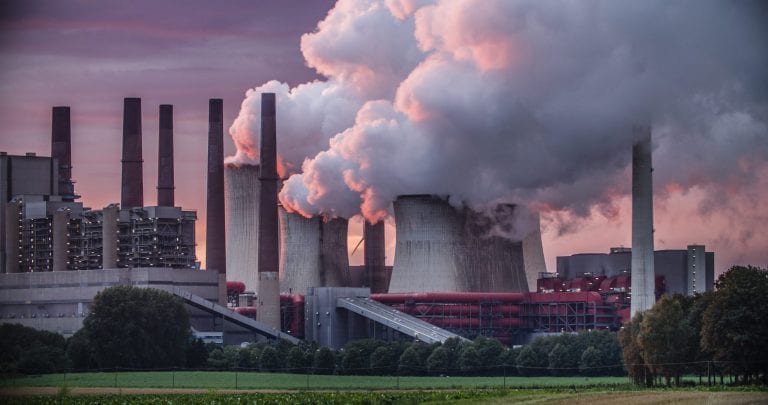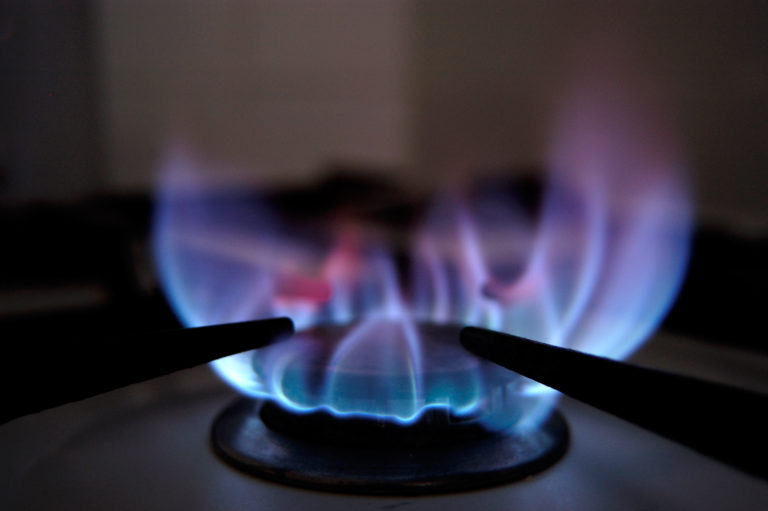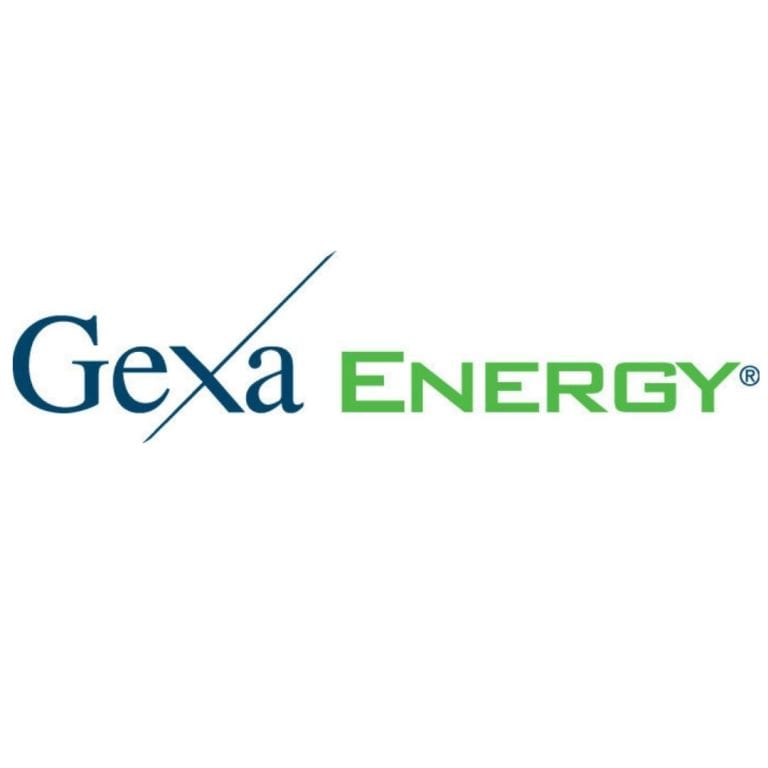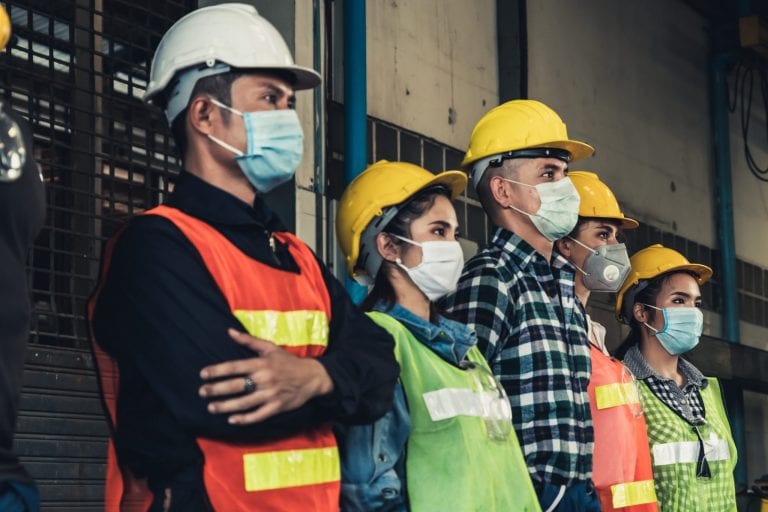
Several heat-related illnesses can affect workers. Some of the symptoms are non-specific. This means that when a worker is performing physical labor in a warm environment, any unusual symptom can be a sign of overheating.
| Heat-Related Illness | Symptoms and Signs |
| Heat stroke | Confusion Slurred speech Unconsciousness Seizures Heavy sweating or hot, dry skin Very high body temperature Rapid heart rate |
| Heat exhaustion | Fatigue Irritability Thirst Nausea or vomiting Dizziness or lightheadedness Heavy sweating Elevated body temperature or fast heart rate |
| Heat cramps | Muscle spasms or pain Usually in legs, arms, or trunk |
| Heat syncope | Fainting Dizziness |
| Heat rash | Clusters of red bumps on skin Often appears on neck, upper chest, and skin folds |
| Rhabdomyolysis | Muscle pain Dark urine or reduced urine output Weakness |
Water. Rest. Shade.
Water
Employers should provide cool water for workers to drink. Proper hydration is essential to prevent heat-related illness. For those working two hours or more, also provide access to additional fluids that contain electrolytes.
For short jobs, cool potable water is sufficient. Workers should be encouraged to drink at least one cup (8 ounces) of water every 20 minutes while working in the heat not just if they are thirsty.
For longer jobs that last more than two hours, employers should provide electrolyte-containing beverages such as sports drinks. Workers lose salt and other electrolytes when they sweat. Substantial loss of electrolytes can cause muscle cramps and other dangerous health problems. Water cannot replace electrolytes; other types of beverages are needed. Water or other fluids provided by the employer should not only be cool, but should also be provided in a location that is familiar to the workers, near the work, easy to access, and in sufficient quantity for the duration of the work.
Workers should be aware that use of certain personal protective equipment (e.g., certain types of respirators and impermeable clothing) can increase the risk of heat-related illness.
Workers should not rely on feeling thirsty to prompt them to drink. They should be reminded to drink on a regular basis to maintain hydration throughout their shift and beyond.
Rest
When heat stress is high, employers should require workers to take breaks. The length and frequency of rest breaks should increase as heat stress rises. In general, workers should be taking hourly breaks whenever heat stress exceeds the limits shown in Table 2 under Determination of Whether the Work is Too Hot section on the Heat Hazard Recognition page.
Breaks should last long enough for workers to recover from the heat. How long is long enough? That depends on several factors including environmental heat (WBGT) and the worker’s physical activity level, as well as the individual worker’s personal risk factors. The location of the breaks also matters. If workers rest in a cooler location, they will be ready to resume work more quickly. Breaks should last longer if there is no cool location for workers to rest.
Some workers might be tempted to skip breaks. In hot conditions, skipping breaks is not safe! Employers should make sure that workers rest during all recommended break periods.
Both NIOSH and ACGIH have recommendations on appropriate lengths of work and rest cycles as a function of the workload and the WBGT (ACGIH 2017, NIOSH 2016).
Shade
Workers should be given a cool location where they can take their breaks and recover from the heat.
Outdoors, might mean a shady area, an air-conditioned vehicle, a nearby building or tent, or an area with fans and misting devices.
Indoors, workers should be allowed to rest in a cool or air-conditioned area away from heat sources such as ovens and furnaces.
For more information and how to protect your workers during these hot months, visit osha.gov.
Source: OSHA







